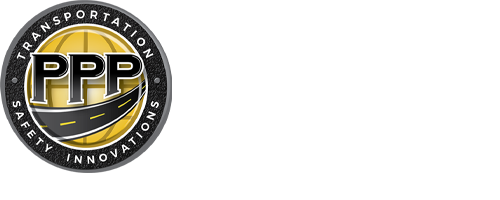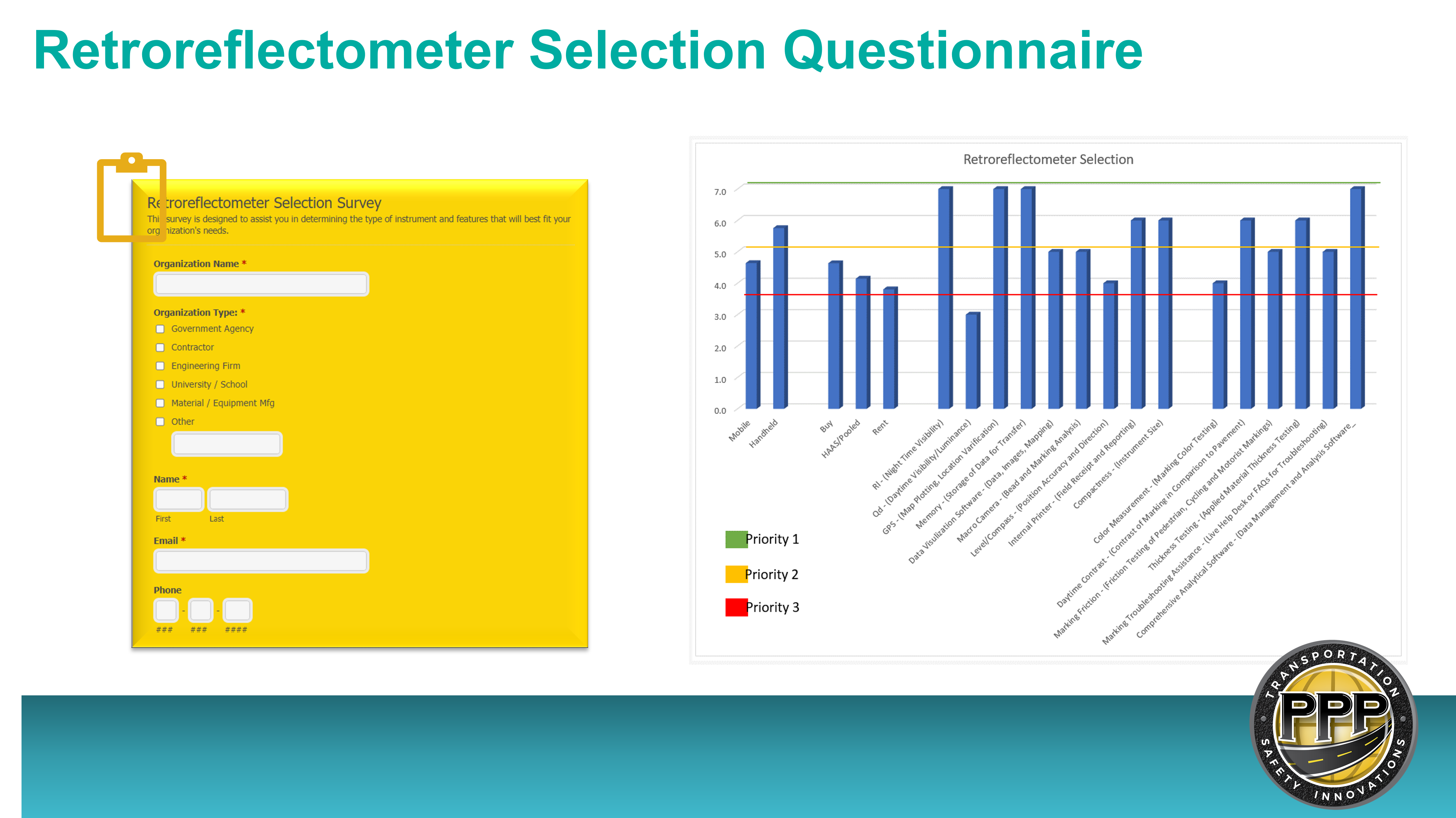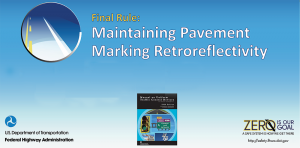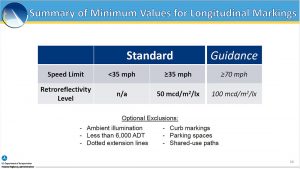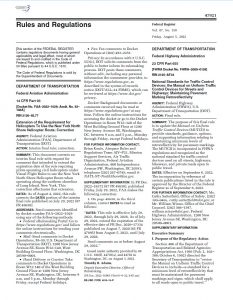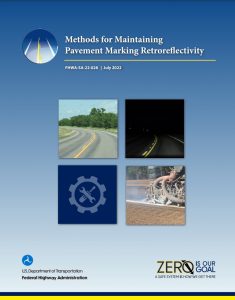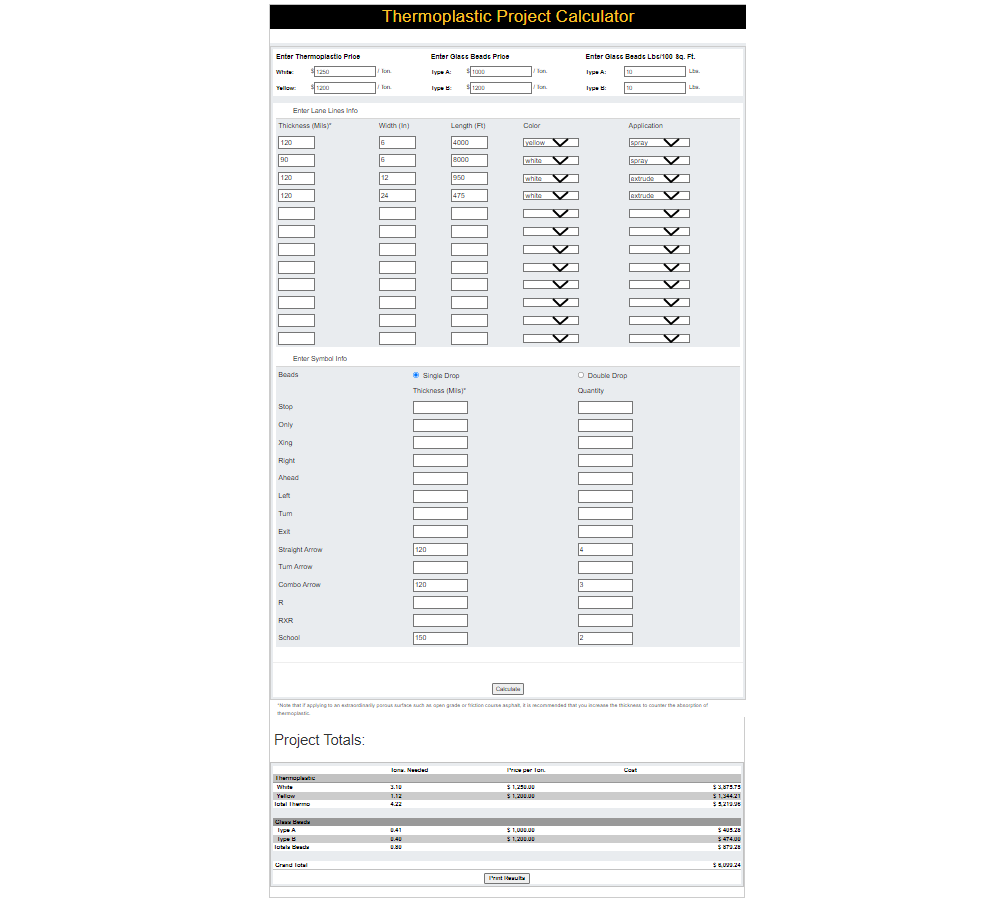What is a retroreflectometer?
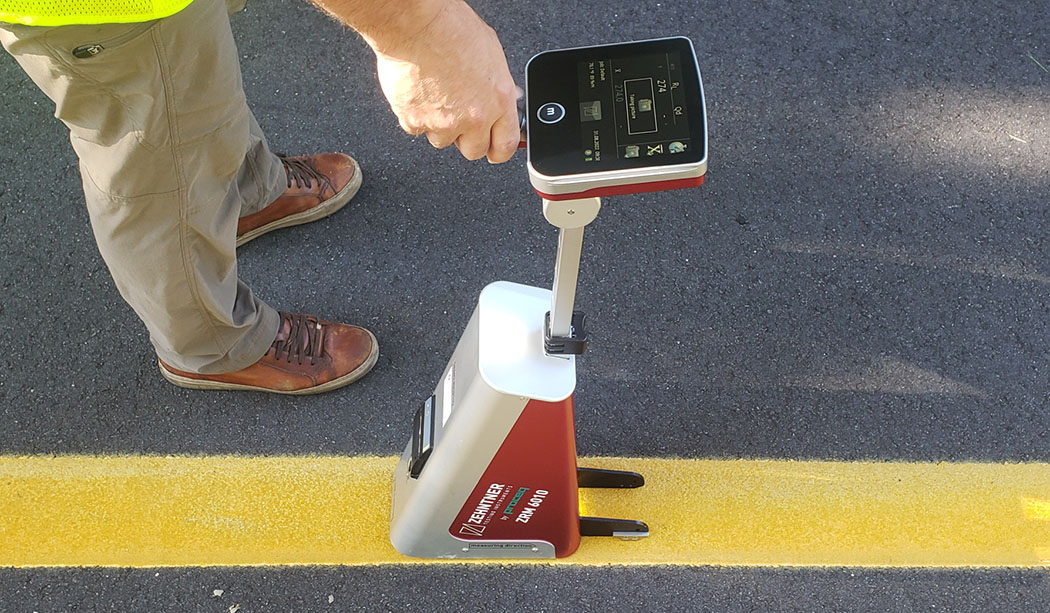
In the most simple of terms a retroreflectometer is an instrument that assesses a pavement marking or sign’s nighttime visibility.
These instruments provide an accurate visibility assessment by measuring the retroreflectivity of the material tested. This is done by emitting light toward the object at specific angles and distances known as 30-meter geometry. Then calculating the intensity of the returned light to the instrument’s sensor. Retroreflectometer comes in three basic… See the entire article here.
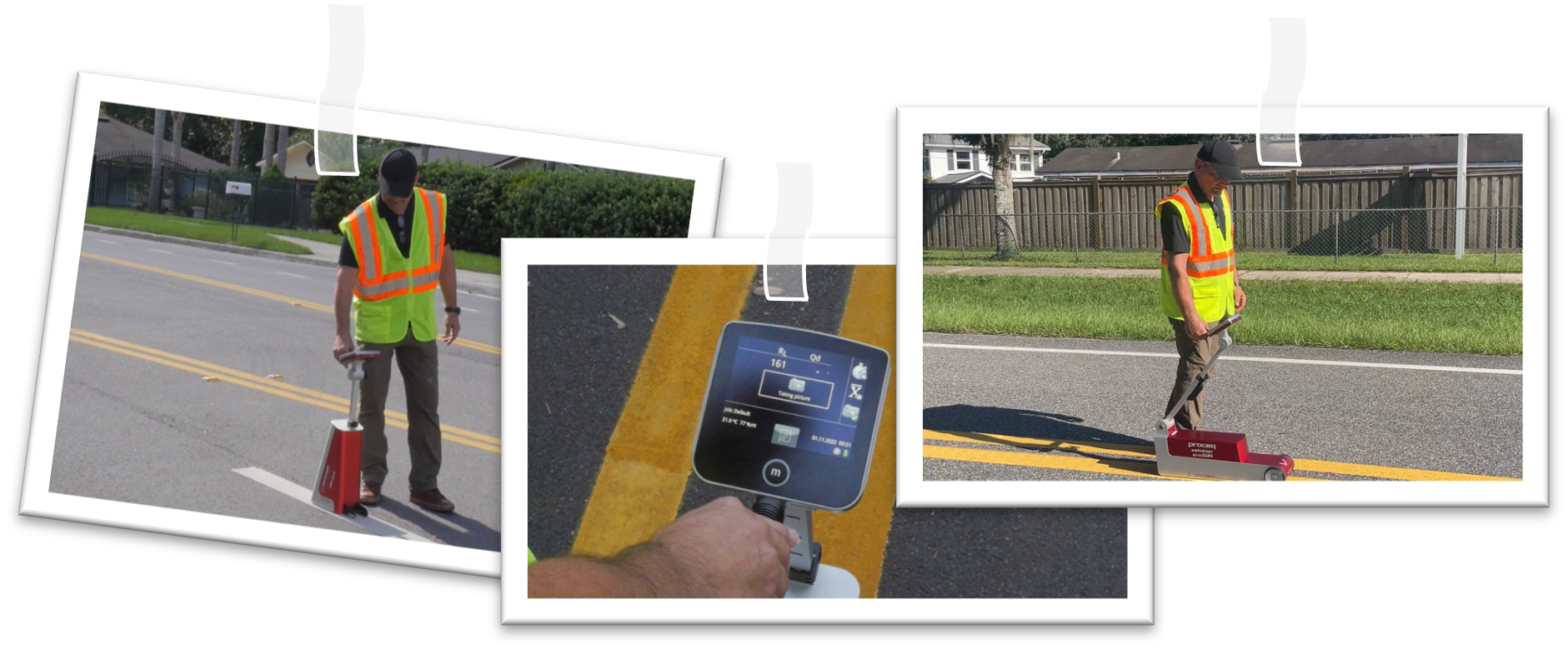
How much does a retroreflectometer Cost?
#1 Search engine article.
The cost of a pavement marking retroreflectometer can run between $12,000 and $150,000.
A retroreflectometer is a specialized instrument used in the measurement and assessment of roadway pavement markings (lines) and signs. Retroreflectivity is what makes possible the visibility of the line or sign at night. Although the primary function of a retroreflectometer is to measure the retroreflective levels, many instruments have features designed to assist in the assessment and data acquisition of other characteristics of the line or sign. The retroreflectometer’s… See the entire article here.
Can I Rent a Retroreflectometer?
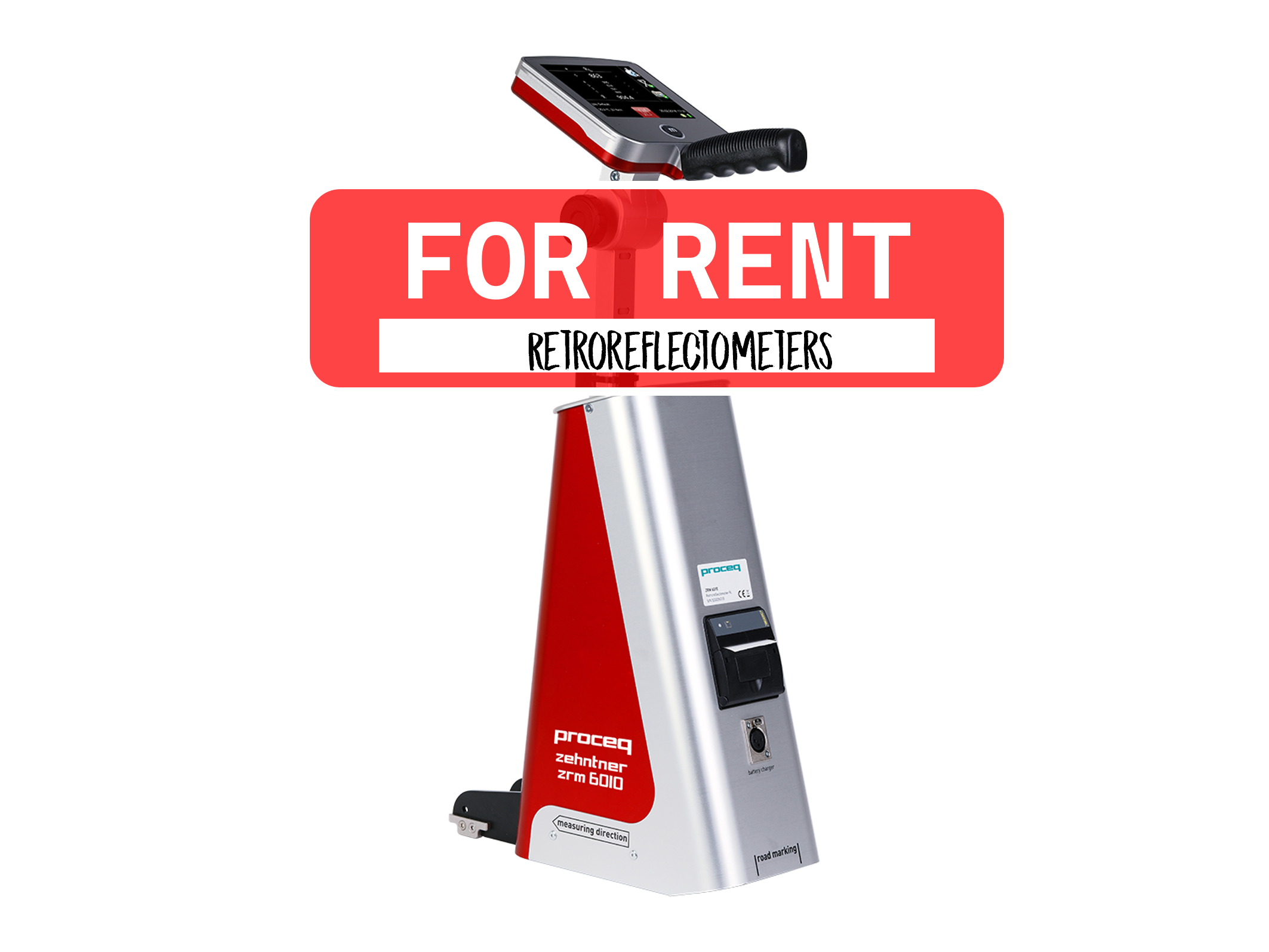
Purchasing a retroreflectometer is a costly investment. However, PPP Transportation Safety Innovations offers short and longer term rental programs..
PPP has offered a limited rental program for these instruments for a number of years. A retroreflectometer can be rented by the day, week, or even month as needed. The cost ranges between $250 and $650 per day dependent on the instrument and the length of time it is rented. The customer pays a rental fee plus the shipping of the instrument to and from their facility. Proof of insurance is required, but otherwise, it is a simple transaction process… See the entire article here.
Get a quick quote on the rental of our easy to operate Pavement Marking retroreflectometer here.
Selecting the Right Retroreflectometer Made Simple
The selection of the right retroreflectometer can be a complex process. With multiple brands, models, and price ranges, selecting the right Form, Features, and Finance options can be overwhelming. PPP has created a simple questionnaire that can assist you in the process. Fill it out and we will send you a graphic that indicates the best form, features and finance for your organization. This is a useful tool regardless of the brand of retroreflectometer you are interested in. Click here for the Questionnaire.
Click Image for Video
Measure Across America Project Data and Initiatives
The Measure Across America Project is an industry collaborative event led by PPP to advance pavement marking management for both human and machine driving. See information on past and current initiatives. Click here for our dedicated MAAP page.
The requirement of retroreflective road markings has been around for years. But as of September 6th of 2022, the FHWA’s Final Rule Maintaining Pavement Marking Retroreflectivity has put forth the minimum requirements of that retroreflectivity.
FHWA Presentation on Maintaining Pavement Marking Retroreflectivity
Click Image for the Document
On September 1st, 2022 the FHWA conducted a presentation-based webinar to review the basics of the final rule and provide questions and answers. In this presentation, the FHWA summarizes the why, to the what, from the where to the how, and of course the when of these new requirements.
FHWA Summary of Minimum Values for Longitudinal Markings
Click Image for the Document
The specifics of the minimum requirements for pavement markings by the Federal Highway Administration are unexpectedly simple.
Here are the basics…
First note that these minimum requirements are only for longitudinal (lane) lines on roads that exceed 6,000 ADT and with a posted speed of 35 mph or more that are not “adequately illuminated”.
If the posted speed is less than 70 mph the minimum retroreflective requirement is 50. If the posted speed is 70 mph or more the minimum retroreflective requirement is 100. That simple.
The FHWA’s 11-page final rule document 23 CFR Part 655
Click Image for the Document
Released on August 5th, 2022 this Federal Highway Administration’s 11-page final rule document 23 CFR Part 655, outlines the minimum retroreflectivity requirements for pavement markings on public access roads.
FHWA Methods for Maintaining Pavement Marking Retroreflectivity
Click Image for the Document
Along with the minimum retroreflectivity standards requirement, the FHWA also provides 5 acceptable methods of assessment and management of those levels. This 78-page document gives you the “how” in detail, along with the “why” and “why-not”.
Thermoplastic Pavement Marking Project Material Calculator
The right project starts with the right estimate. This calculator assists in the estimation of thermoplastic pavement marking projects. Accounting for quantities, widths, thickness, color and even installation methods. Just enter your data and get an instant material quantity and cost estimate.
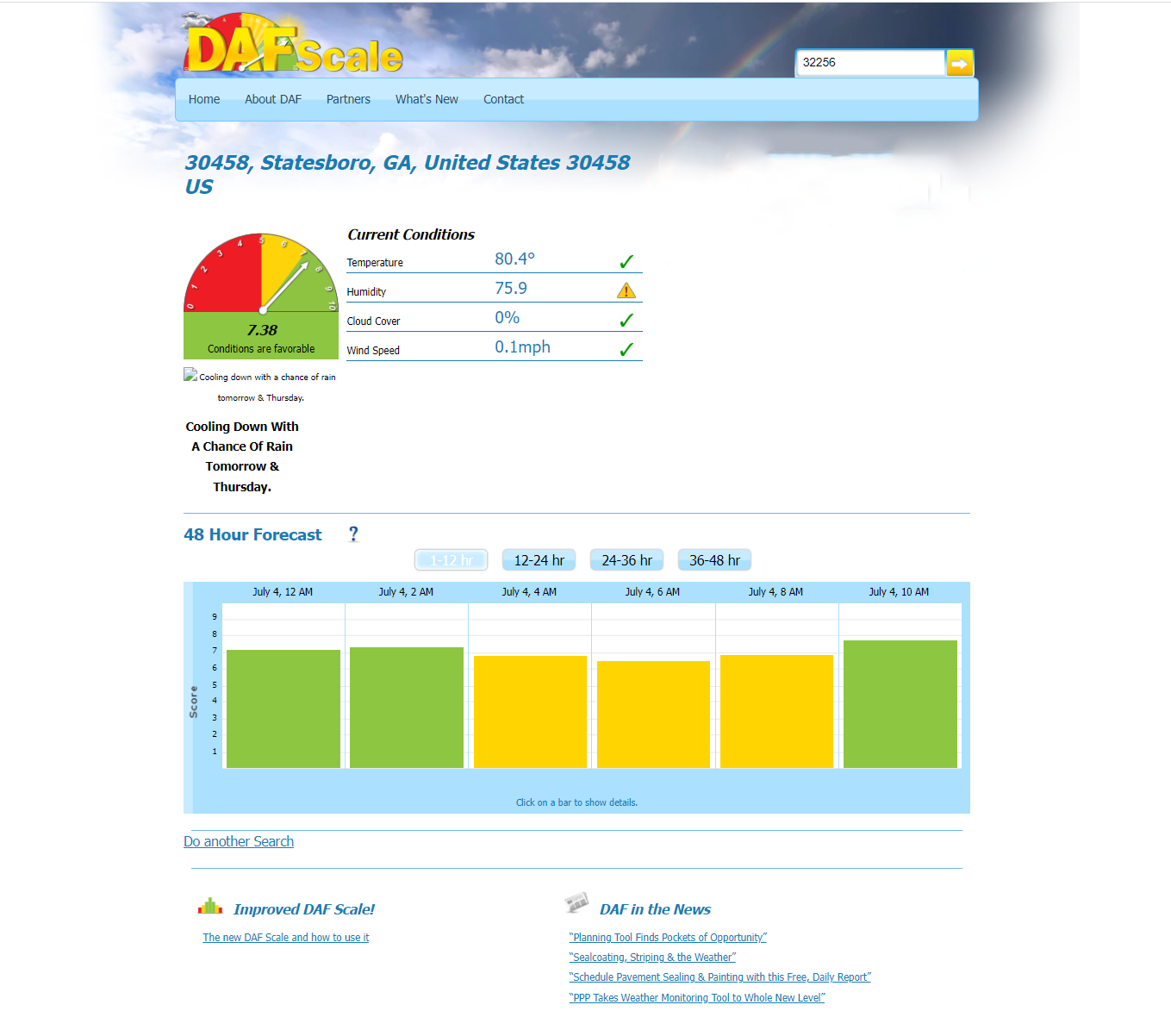 Know Weather to Stripe or Not.
Know Weather to Stripe or Not.
The DAF Scale is renowned for its accurate assistance in scheduling your striping project around the weather. With an industry that depends so heavily on multiple weather factors, we realized the need for a helpful tool in determining the optimal weather conditions to apply sealers and paints. With the help of industry and weather experts we successfully created what has become known as the DAF Scale.

